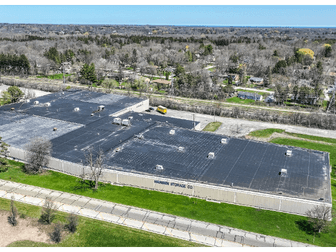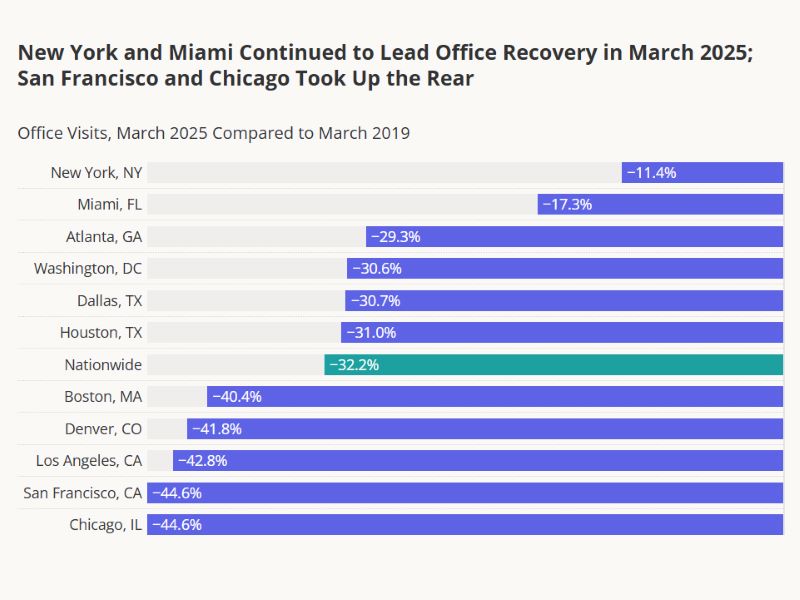Why Aren’t Mortgage Rates Dropping After the Fed Rate Cut?
David Frosh of Fidelity Bancorp Funding on the basic principle keeping the cost of capital high.

Over the past year, I’ve highlighted that lowering the federal funds rate won’t necessarily lead to a drop in mortgage rates. With the Fed rate lower, we’re seeing daily headlines asking: “Why aren’t mortgage rates following?”
Let’s set the record straight that I’m not claiming any prophetic insight. While interest rates have historically moved in tandem with the federal funds rate—especially since the Great Recession—that correlation isn’t ironclad. And what we’re witnessing now is a prime example of market unpredictability. Mortgage rates initially dipped after the Fed’s cuts, but most have rebounded.
So, what gives? The Federal Reserve lowered rates, but treasuries are rising, and mortgage rates are up slightly. The underlying drivers of mortgage interest rates are much more complex. Banks are facing high capital costs while working to clean up their loan portfolios, thereby limiting their ability to offer more favorable lending terms. Until banks achieve better liquidity, we won’t see mortgage rates drop significantly.
Much of the issue is about supply and demand of money. Private credit is picking up some of the demand but at higher interest rates. And although private credit as a percent of total mortgage debt issues will continue to increase, it is not enough to relieve supply issues.
READ ALSO: What CRE Should Watch for in the Trump Presidency
The gap between buyers and sellers, though narrower, is still too wide. A further widening of the spread between interest rates and cap rates would help stimulate more real estate transactions. There’s broad demand for lower rates, and I share that sentiment as both a lender and investor. But here’s the real question: Should the Fed act to push rates lower?
In my view, the Fed would only act if it saw an imminent threat to the banking sector from sustained high rates. Currently, banks seem to be weathering the storm. Despite trillions in commercial real estate debt maturing with limited refinancing options, it hasn’t triggered a crisis. Bank balance sheets were relatively strong heading into the Fed’s aggressive rate hikes, and they’ve successfully navigated this challenging environment, at least for now.
And while foreclosures remain low, there’s little pressure on the Fed to cut rates further. Inflation looms large in the minds of Federal Reserve policymakers—perhaps even to the point of paranoia. We continue to have a strong economy. Record-low unemployment, and GDP growth in the 3 percent range is not the type of data to motivate more rate cuts.
The case for lowering rates seems weak, much to my own disappointment. As real estate investors, we’ll need to navigate this high-rate environment for the foreseeable future. But if there’s one lesson here, it’s that mortgage rates are no longer a straightforward reaction to the Fed’s moves. The financial ecosystem is far more complicated—and so are the solutions.
David Frosh is CEO of Fidelity Bancorp Funding.







You must be logged in to post a comment.